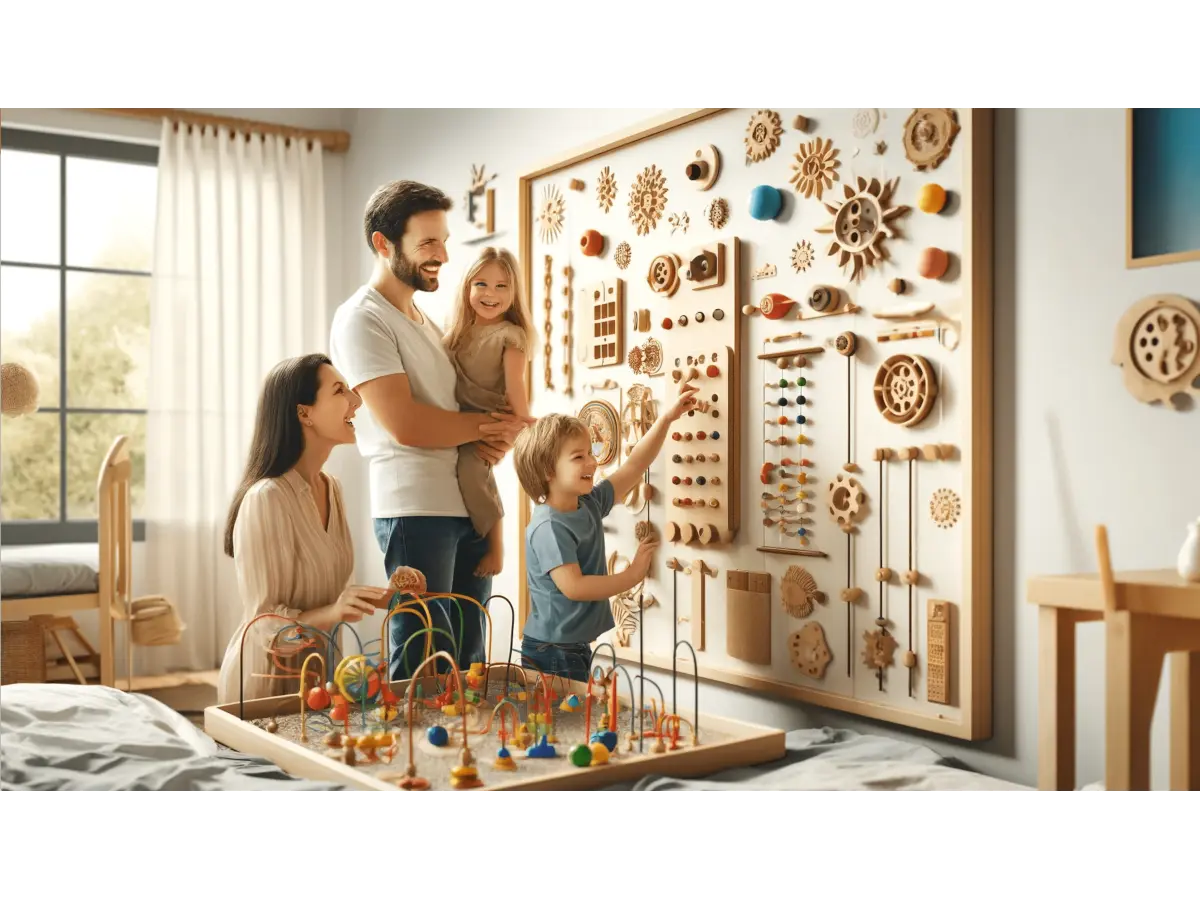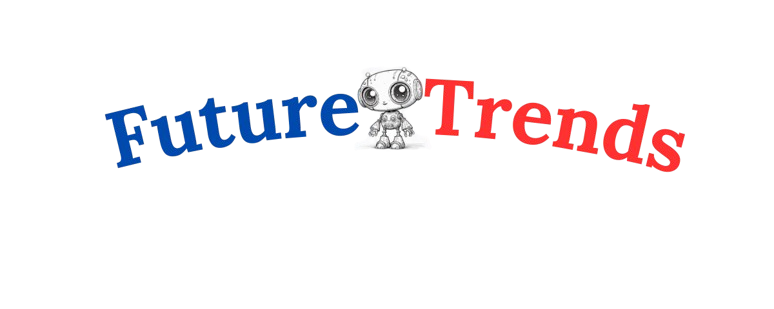
In the world of early childhood development, busy board stand out as a versatile and engaging tool designed to foster cognitive and motor skill growth in young children. These interactive boards offer a range of activities that stimulate a child’s senses and promote hands-on learning. This guide delves into the various types of busy boards, their benefits, design tips, and how they can be utilized in both educational and therapeutic settings.
What is a Busy Board?
A busy board is an engaging and educational device for young children, equipped with interactive features such as switches, latches, and different textures. Its primary goal is to engage children in hands-on play that promotes cognitive and motor skill development. Busy boards come in different forms, from traditional wooden boards to innovative digital and multi-sensory versions.
Purpose and Benefits of Busy Boards
Busy boards offer numerous benefits, including:
- Cognitive Development: By exploring different components, children enhance their problem-solving skills and learn cause-and-effect relationships.
- Fine Motor Skills: Activities such as buttoning, zipping, and turning gears help improve hand-eye coordination and dexterity.
- Sensory Stimulation: Busy boards offer a range of textures, sounds, and visuals that engage and excite a child’s senses.
Types of Busy Boards
Traditional Busy Boards
Traditional busy boards are typically made from sturdy materials like wood or fabric and include a variety of tactile and interactive elements. Common features include:
- Buttons and Switches: These help children learn how to operate simple mechanisms.
- Gears and Puzzles: Engaging children in problem-solving and coordination tasks.
- Latches and Hooks: Teaching fine motor skills and hand-eye coordination.
Modern Variations
Modern busy boards have evolved to include more advanced features:
- Digital Busy Boards: Incorporate screens or touch panels that provide interactive learning experiences.
- Multi-Sensory Busy Boards: Combine elements like lights, sounds, and textures to engage multiple senses simultaneously.
- Travel-Friendly Busy Boards: Designed to be portable, often featuring compact and foldable designs for on-the-go use.
Key Features of Effective Busy Boards
Educational Value
When designing or selecting a busy board, consider the educational value it provides:
- Cognitive Skill Development: Busy boards should challenge children to think critically and solve problems. Activities like matching, sorting, and sequencing can aid cognitive growth.
- Fine Motor Skills Enhancement: Ensure that the board includes activities that require fine motor skills, such as threading, buttoning, or zipping.
Safety Considerations
Safety is paramount in the design of busy boards:
- Non-Toxic Materials: Use materials that are safe for children and free from harmful chemicals.
- Avoiding Small Parts: Ensure that all components are large enough to prevent choking hazards.
Age Appropriateness
Busy boards should be tailored to the age and developmental stage of the child:
- Infants: Boards for infants might include simple textures and soft, safe materials.
- Toddlers: Toddlers benefit from boards with more complex interactions and larger, more robust components.
- Preschoolers: At this stage, busy boards can include more challenging activities that stimulate problem-solving and advanced motor skills.
Design and Construction
DIY Busy Board Projects
Building your own busy board can be a fun and fulfilling activity. Here’s a basic guide:
- Tools and Materials Required: Gather materials such as a sturdy board, screws, bolts, and various interactive components (e.g., latches, gears).
- Step-by-Step Construction Guide:
- Design the Layout: Plan the placement of different elements to ensure a balanced and engaging board.
- Attach Components: Securely fasten each component to the board using appropriate tools and hardware.
- Safety Check: Inspect the board for any sharp edges or loose parts before allowing children to use it.
Commercially Available Busy Boards
For those who prefer ready-made options, several brands offer high-quality busy boards:
- Top Brands: Research reputable brands known for their safety standards and educational value.
- Comparison of Features and Prices: Evaluate different options based on the features they offer and their cost to find the best fit for your needs.
Educational Benefits
Cognitive Development
Busy boards are essential for boosting cognitive development:
- Problem-Solving Skills: Activities that involve puzzles and problem-solving help children develop critical thinking skills.
- Sensory Integration: Exposure to different textures, sounds, and visual stimuli supports sensory processing and integration.
Motor Skills Development
The physical interaction with busy boards enhances motor skills:
- Hand-Eye Coordination: Engaging in tasks like threading or manipulating components improves hand-eye coordination.
- Dexterity and Precision: Activities that require fine motor control help develop dexterity and precision.
Busy Boards in Therapy
Use in Occupational Therapy
Busy boards are used in occupational therapy to support children’s development:
- Skill Development: They assist in developing fine motor skills, sensory processing, and cognitive abilities.
- Customizable Therapy Tools: Therapists can tailor busy boards to address specific developmental needs.
Benefits for Children with Special Needs
Busy boards can be particularly beneficial for children with special needs:
- Customized Interaction: Boards can be adapted to meet individual sensory and motor needs.
- Therapeutic Benefits: Engaging with busy boards can improve various skills and provide therapeutic benefits.
Case Studies and Examples
Reviewing case studies can offer insights into the effectiveness of busy boards in therapeutic settings:
- Success Stories: Explore real-life examples of how busy boards have positively impacted children’s development.
Maintenance and Care
Cleaning and Sanitizing
To ensure the busy board remains hygienic:
- Routine Cleaning: Regularly clean surfaces with appropriate disinfectants.
- Sanitizing Materials: Ensure all components are sanitized to prevent the spread of germs.
Repairing Common Issues
Busy boards may require occasional repairs:
- Fixing Loose Parts: Tighten any loose components to maintain functionality.
- Replacing Damaged Elements: Replace any worn or damaged parts to ensure continued safety and engagement.
Long-Term Durability
Consider the long-term durability of the board:
- Material Quality: Choose high-quality materials that can withstand frequent use.
- Construction Techniques: Employ sturdy construction techniques to ensure the board lasts over time.
Trends and Innovations
Emerging Designs and Technologies
Stay updated with the latest trends:
- Innovative Designs: New designs incorporate advanced features and technology to enhance the busy board experience.
- Educational Advances: Trends in education influence the development of more effective and engaging busy boards.
Influences of Modern Education Methods
Modern educational methods impact busy board design:
- Interactive Learning: Busy boards are designed to align with contemporary learning approaches.
- Technology Integration: The integration of technology in busy boards reflects current educational trends.
Future Prospects and Potential Developments
Explore potential future developments in busy boards:
- Technological Advancements: Innovations in technology may lead to more interactive and engaging busy boards.
- Educational Research: Ongoing research may further refine the design and application of busy boards.
FAQs
Q1: What age group is best suited for busy boards?
Busy boards are designed for various age groups, from infants to preschoolers. The features and complexity should be tailored to the child’s developmental stage.
Q2: How can I make a DIY busy board?
To create a DIY busy board, gather materials such as a board, screws, and interactive components. Design the layout, attach the components securely, and ensure the board is safe for use.
Q3: Are busy boards safe for children?
Yes, busy boards are safe for children when made with non-toxic materials and designed without small, choking hazard components. Always check for safety standards and quality.
Q4: What are the benefits of digital busy boards?
Digital busy boards offer interactive learning experiences with screens or touch panels, providing engaging activities that can enhance cognitive and sensory skills.
Q5: How can I effectively clean and maintain a busy board?
Regularly clean the busy board with disinfectants, sanitize the components, and check for and repair any loose or damaged parts to ensure it remains safe and functional.
Conclusion
Busy boards are more than just playful tools; they are integral to a child’s early developmental journey. By understanding the various types, key features, and benefits of busy boards, parents and educators can make informed decisions on their use. Whether you opt for a DIY project or a commercially available product, a well-designed busy board can provide endless opportunities for learning and growth. Embrace the benefits of busy boards and explore their potential to enhance early childhood development.







